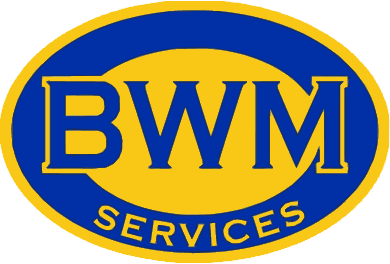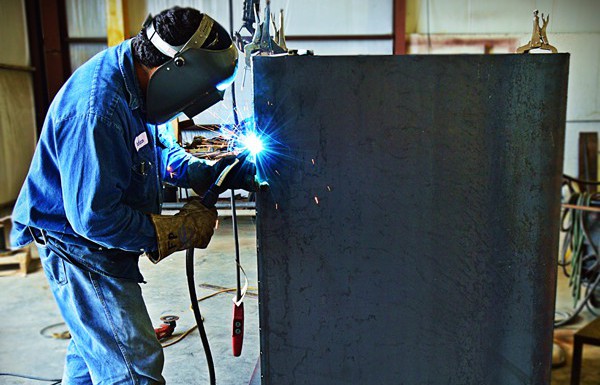Dangers of Metal Fabrication
Safety regulations are critical for employees to understand and properly abide. Metal fabrication can be hazardous and potentially harm stemming from inattentiveness or misunderstanding of these regulations. In this industry noise and other distractions are quite common, so it is important to maintain caution and remain mindful to avoid losing concentration.
If not properly equipped, workers can risk inhalation of welding fumes and other emissions from lubricants or chemicals. These fumes and odors can cause disorientation if there is a lack of adequate exhaust and ventilation systems in shops.
Workers may be required to lift heavy material since metal is the main component of most operations. Injuries can occur if the proper lifting methods are not followed. Additionally, accidents involving cuts and scrapes can occur from excess metal pieces. Hazards such as flying shards or sparks can also be produced as the metal is being worked.
Common Metal Fabrication Injuries
A few different injuries can occur in a fabrication shop due to carelessness or inattention.
Injuries Caused by Handling Materials
Handling materials is a frequent cause of injury in the workplace. Most tend to be musculoskeletal-related, and can range from minor sprains to more serious ailments such as invertebral disc injury. Such injuries usually occur as a result of not following proper lifting protocol, but can also be caused by sustained exposure to vibrations, prolonged awkward posture or continual repetitive motions.
Injuries from handling materials usually occur in the joints, ligaments, muscles, tendons and nerves on the neck, back, arms, legs and abdomen. Long-term damage includes: repetitive strain injury (RSI), occupational overuse syndrome (OOS), or cumulative trauma disorder (CTD).
Injuries Caused by Poor Guarding
There are many areas and equipment in a metal fabrication that access is prohibited. Guardrails or other barriers are put in these locations to prevent accidental entry. There are a few types of safety barriers found in machine shops, usually falling into one of these categories:
- Permanently-fixed barrier – surrounds equipment that requires little maintenance or cleaning of parts
- Interlocked physical barrier -usually has a movable segment that automatically shuts down the system if triggered to prevent injury
- Physical barrier – covers dangerous components of a working piece of machinery and is only accessible by a qualified person to remove this guard
- Presence sensing system – features a photoelectric sense that can electronically detect if someone is too close to a dangerous area or machine
How to Improve Safety and Prevent Injuries from Occurring
Proper Training
Specialized training is necessary when working with sheet metal. This is because the equipment and surrounding conditions involved can be dangerous, as mentioned earlier. Proper safety protocol should be understood and followed by workers to prevent accidents from occurring, as well as the procedures to follow should an accident happen.
Appropriate Protective Gear
As mentioned earlier, workers are constantly exposed to possible flying metal pieces, making it necessary to wear protective goggles to keep the eyes safe. Protective gloves will also protect the hands while providing a better grip on tools as well. This will allow the workers to cut metal safety and precisely. Long hair and baggy clothing should be kept away from moving machinery. Coveralls should be worn to protect the body from sharp metal edges.
Safe Storage
Sheet metal materials, tools and equipment should always be stored in safe and appropriate areas to prevent accidents from occurring. Containers should be strong enough to hold the weight of the material, especially for heavy parts. Work spaces should be cleaned regularly as well to avoid clutter and reduce the risk of injury caused by metal scraps.
Safety is essential and should always be the number one priority when working in metal fabrication. Safety regulations should be understood and followed precisely to prevent accidents from occurring and reduce the risk of injury. Contact BWM Services with the link below for more information.


